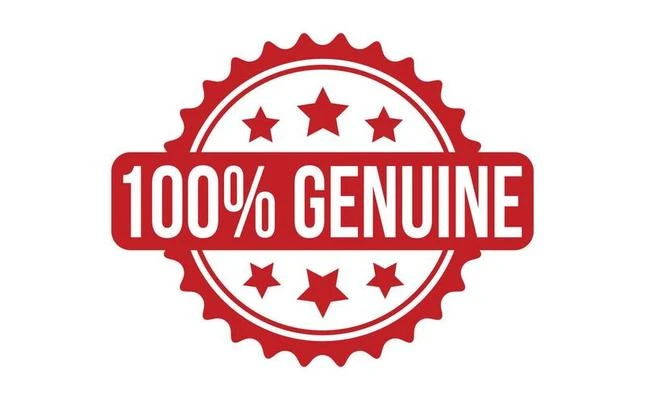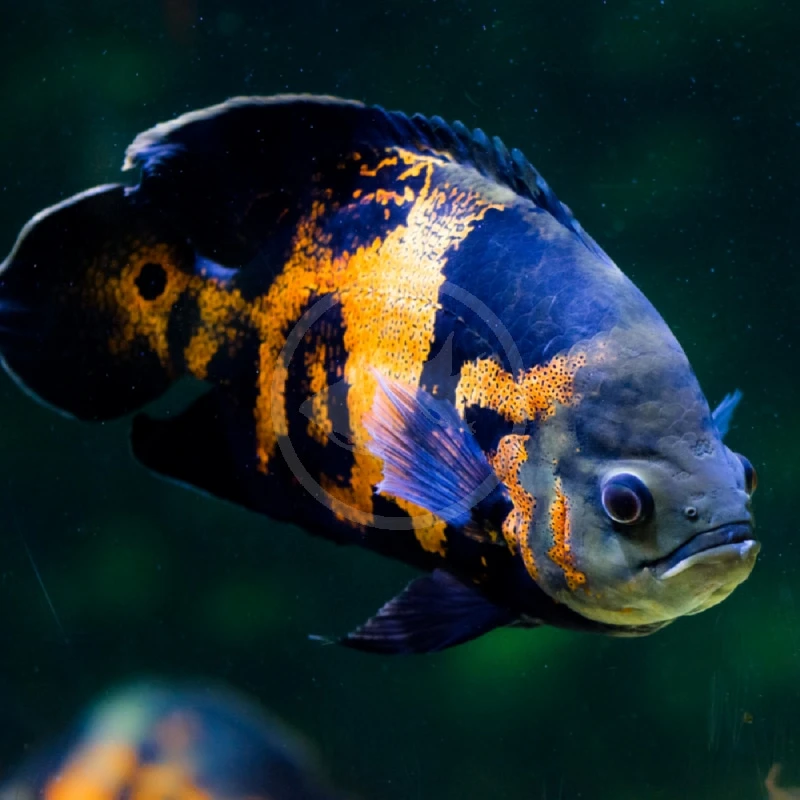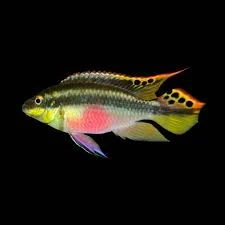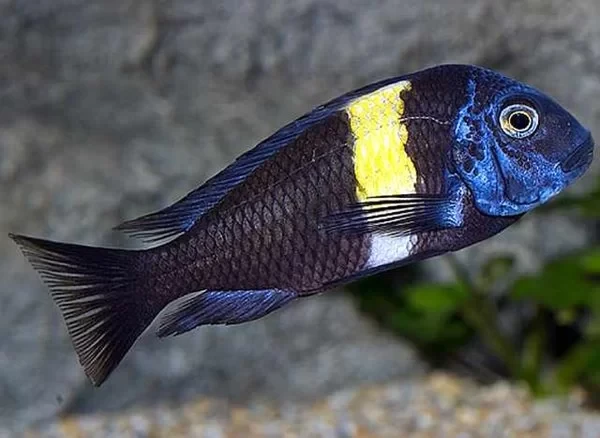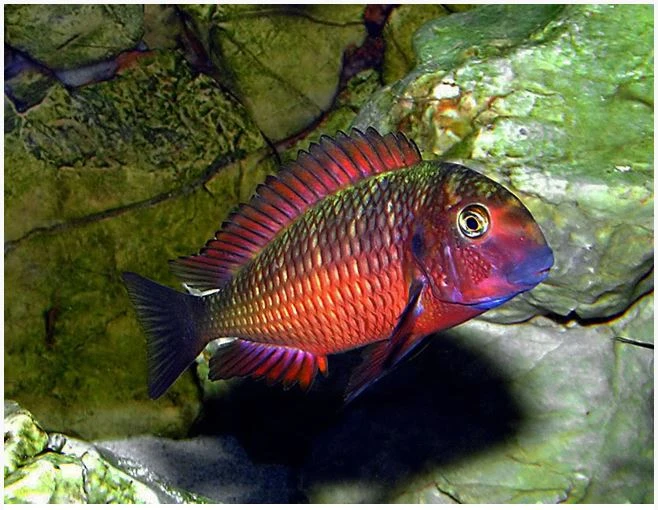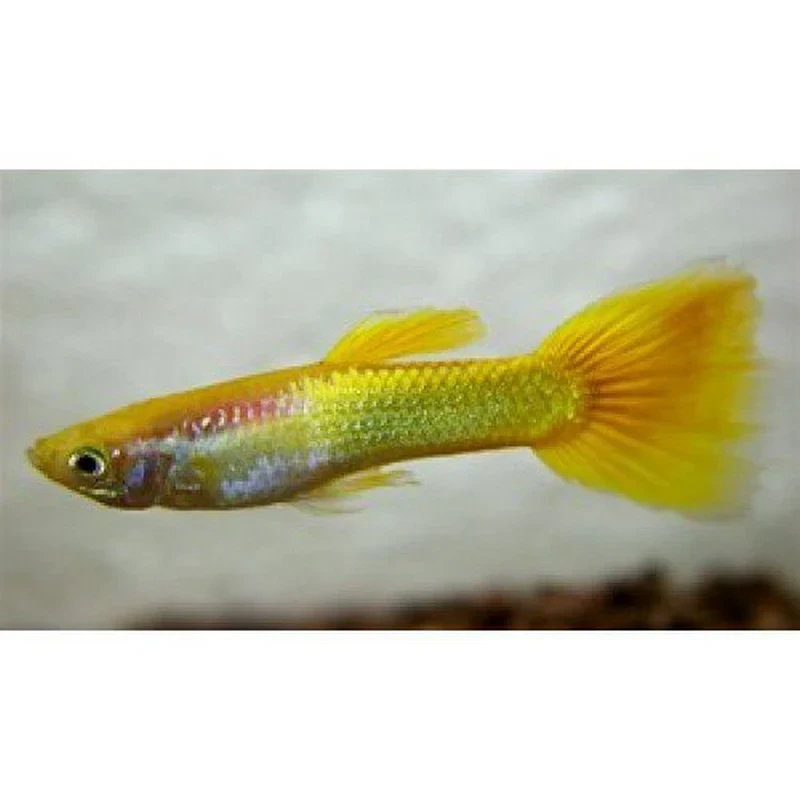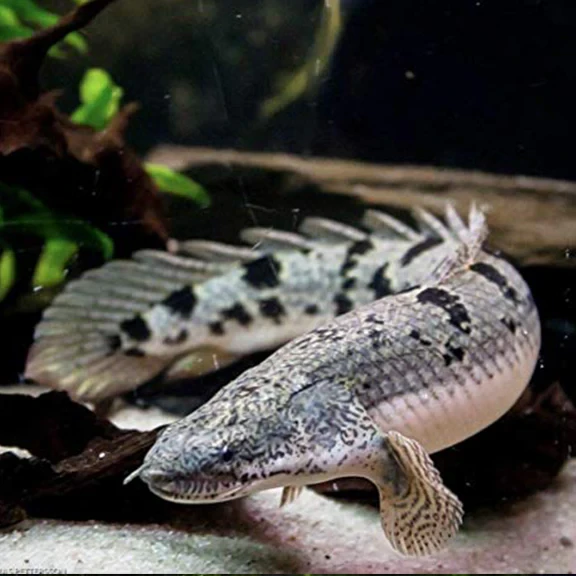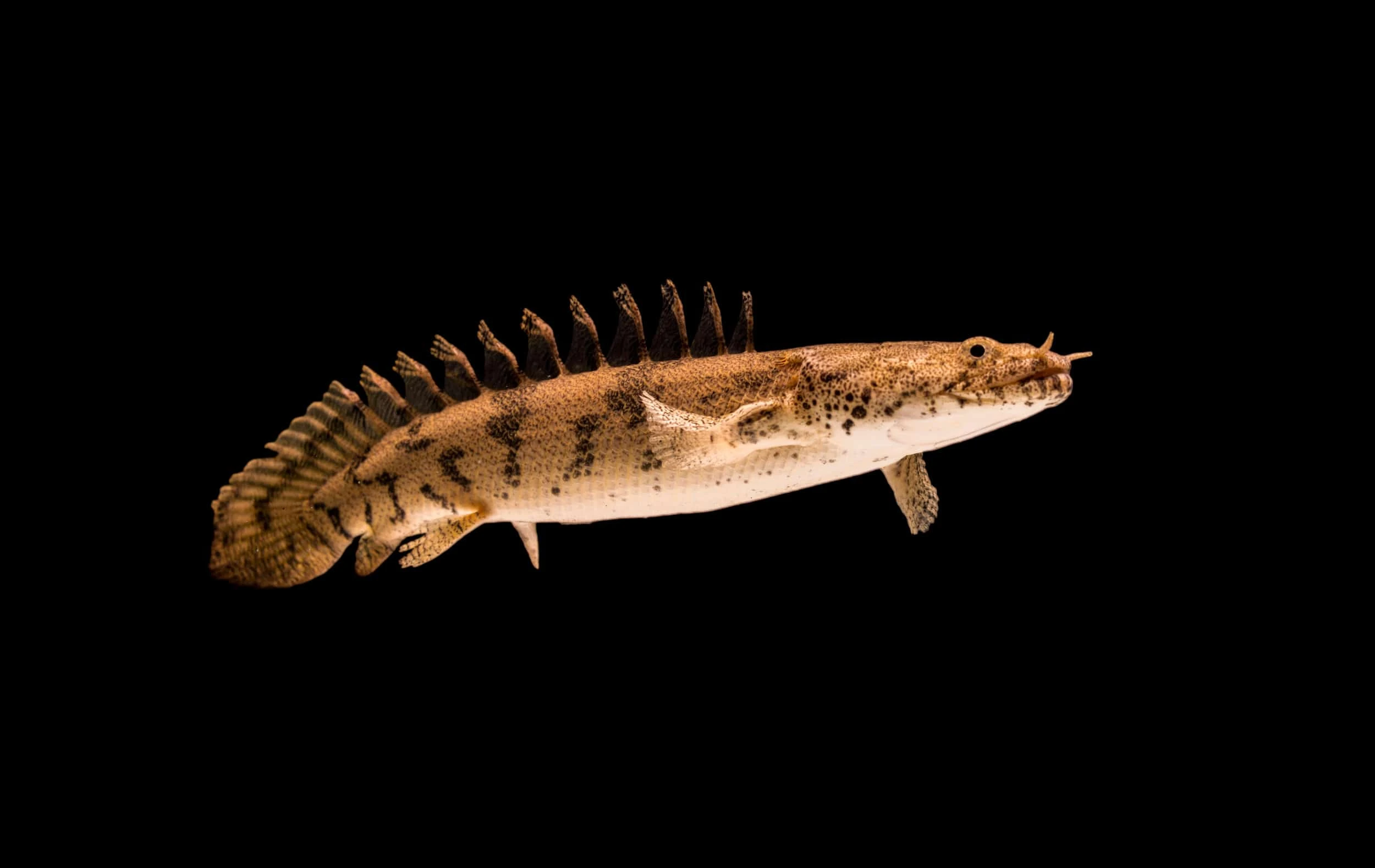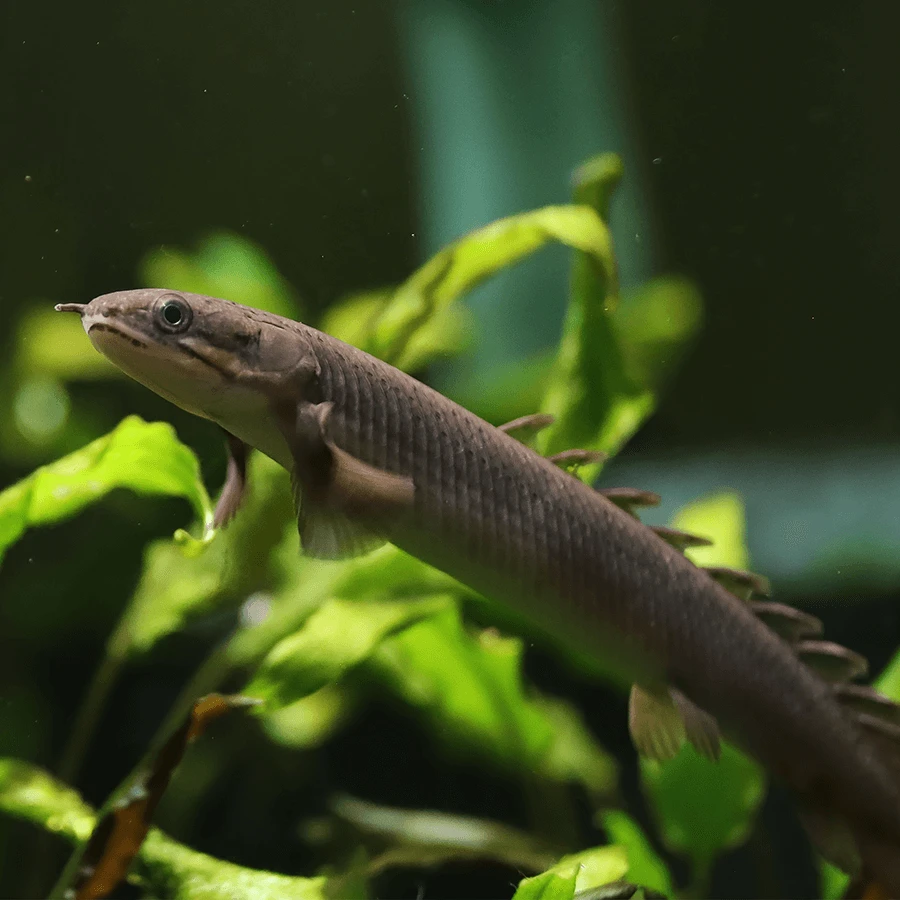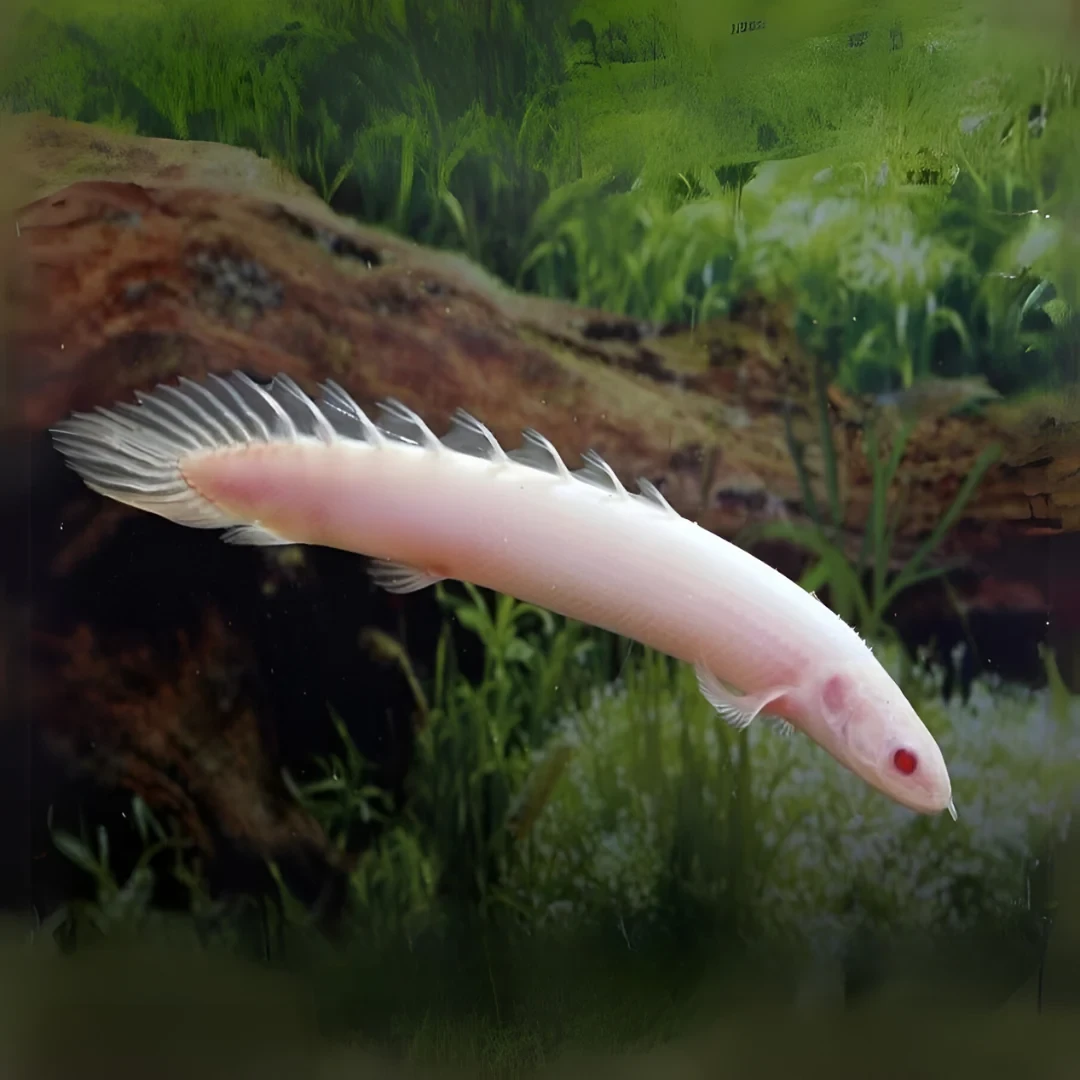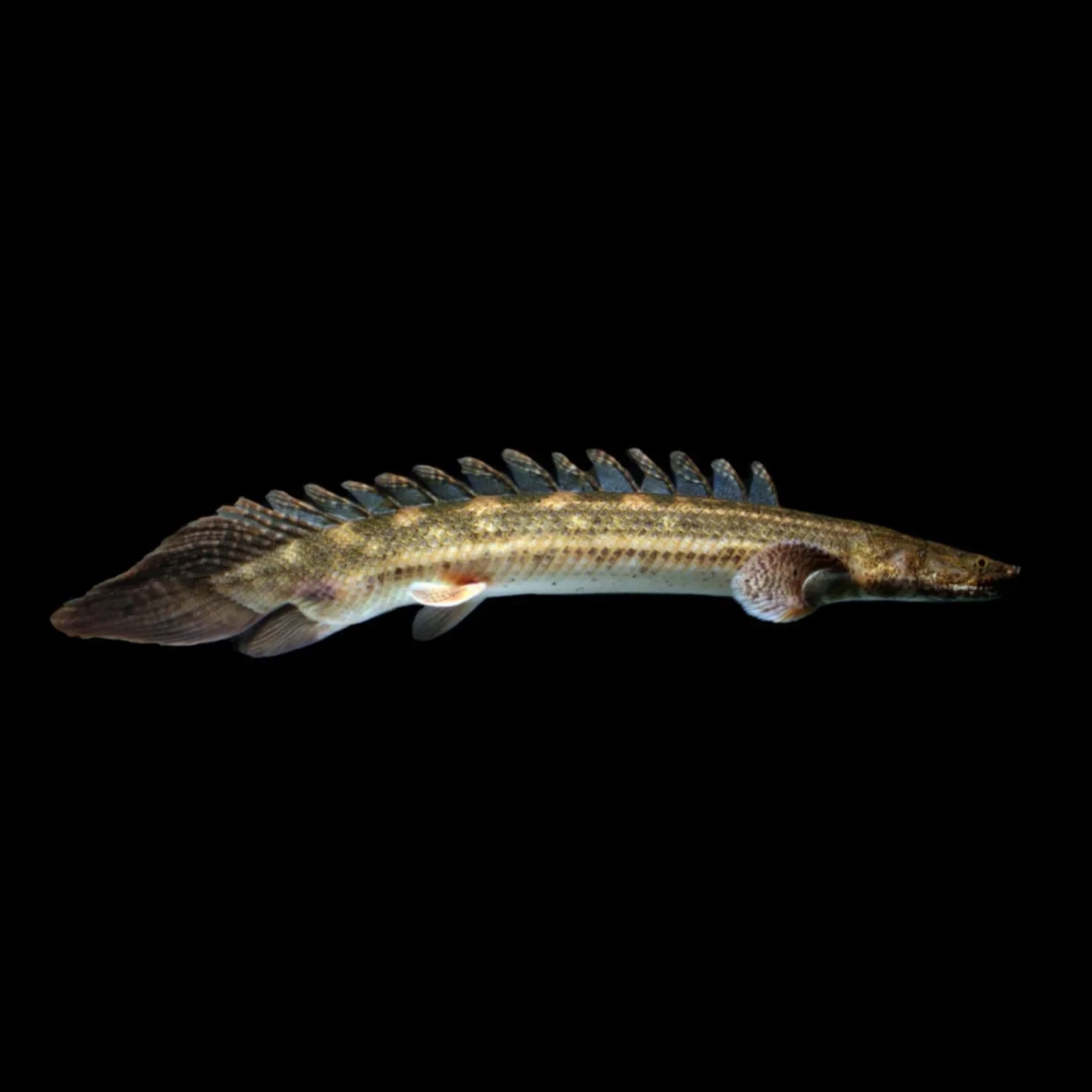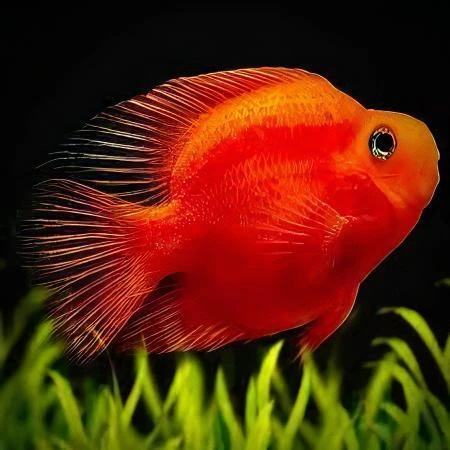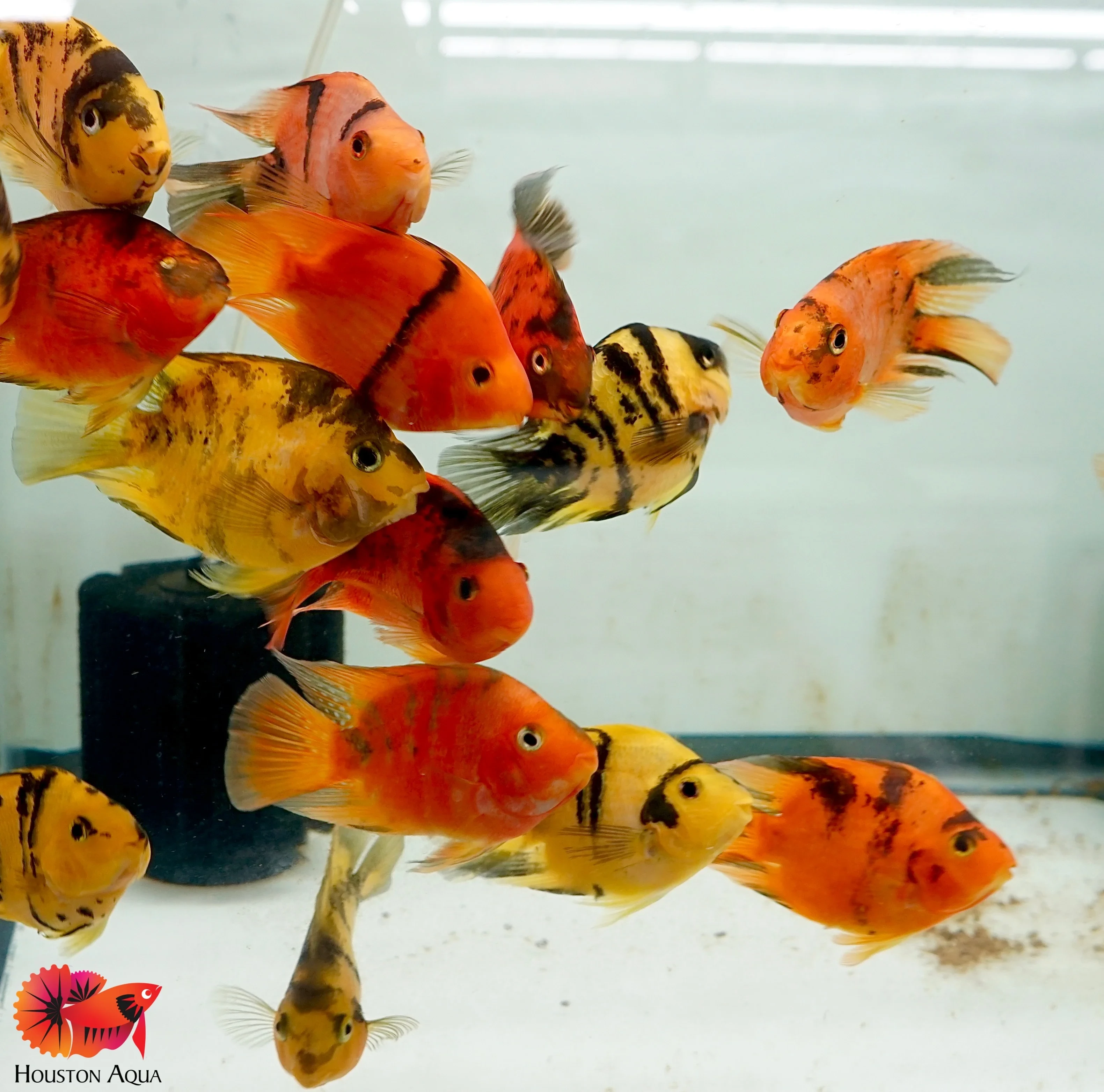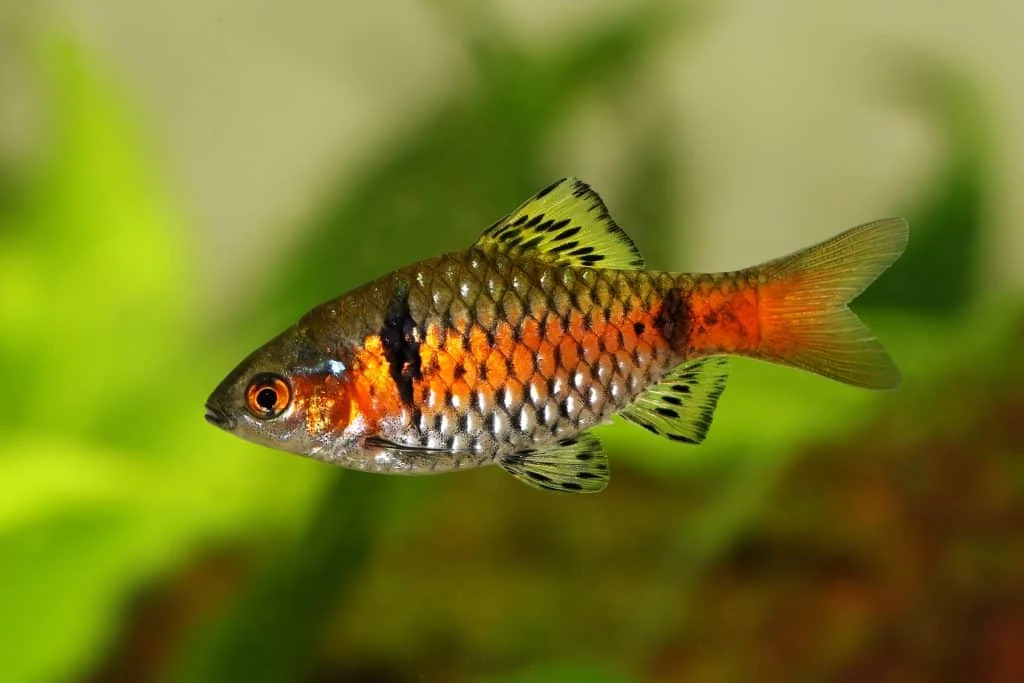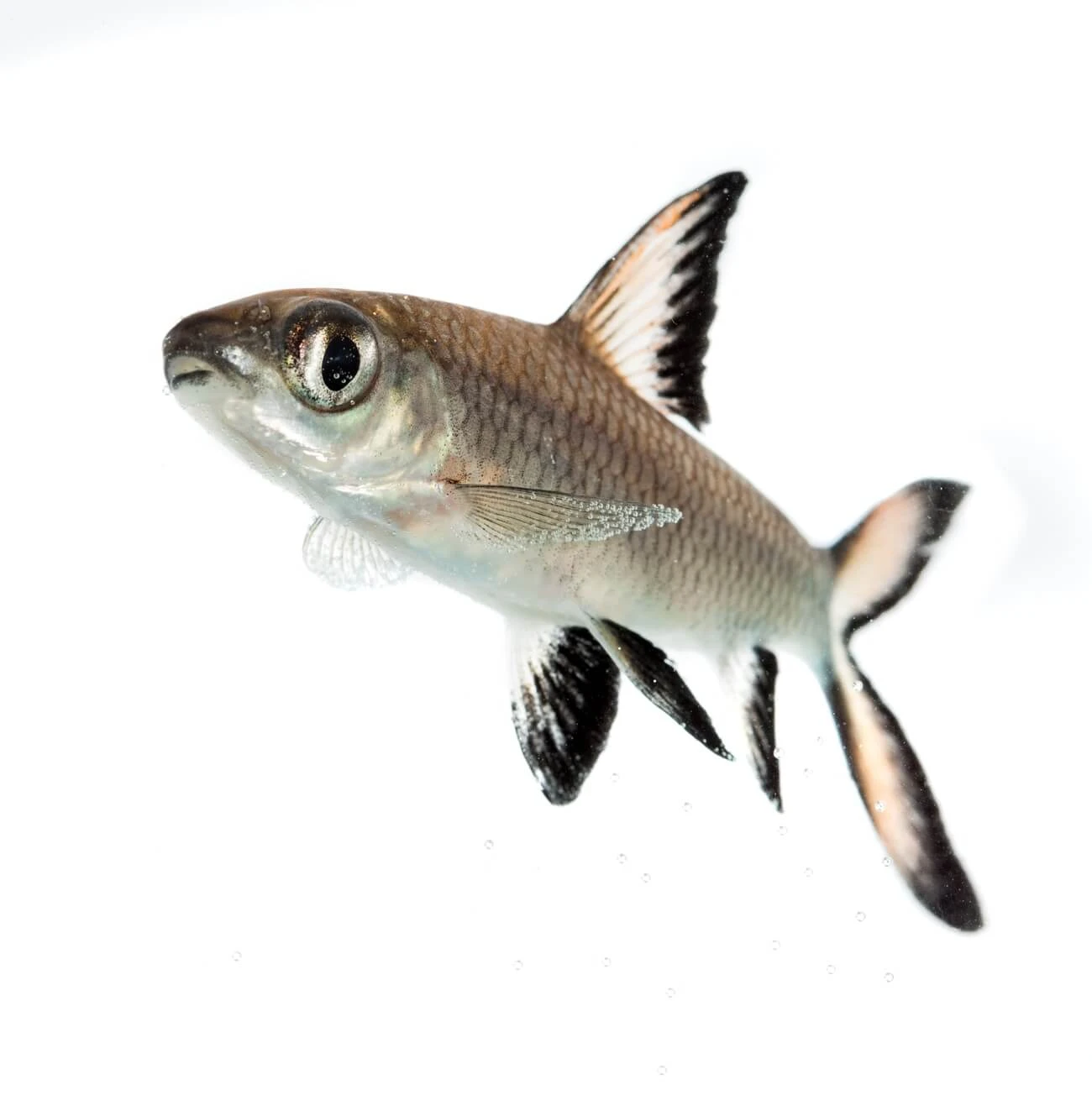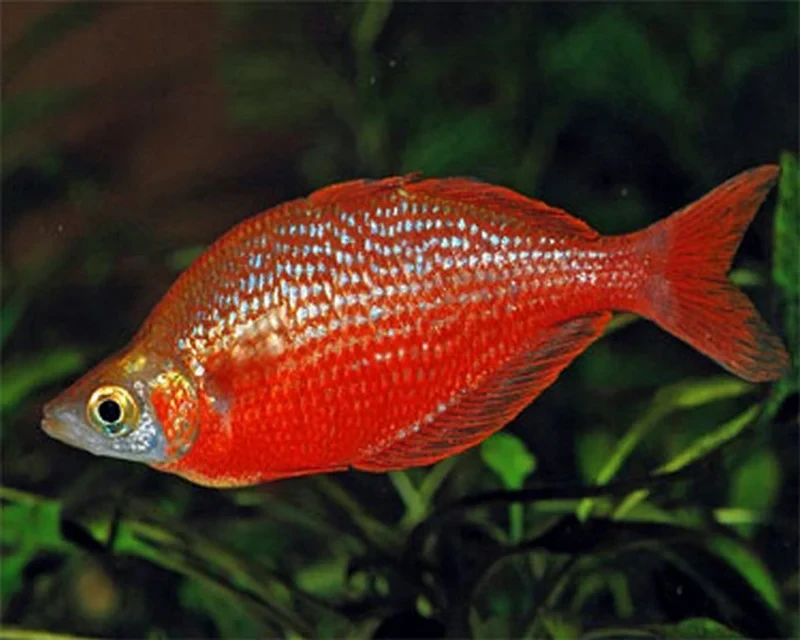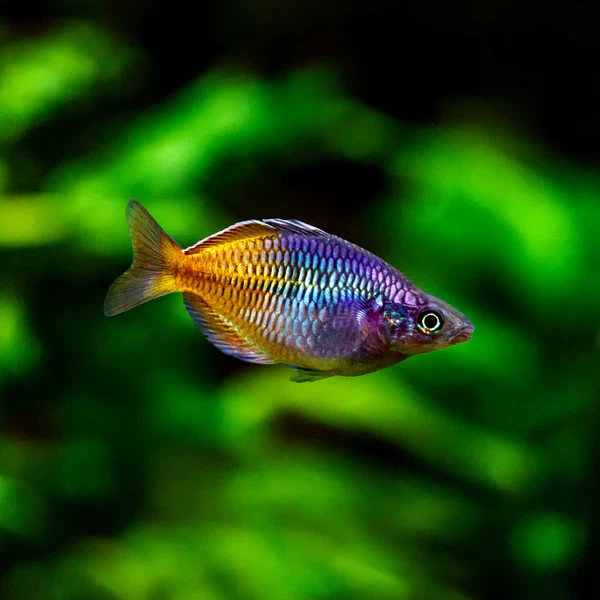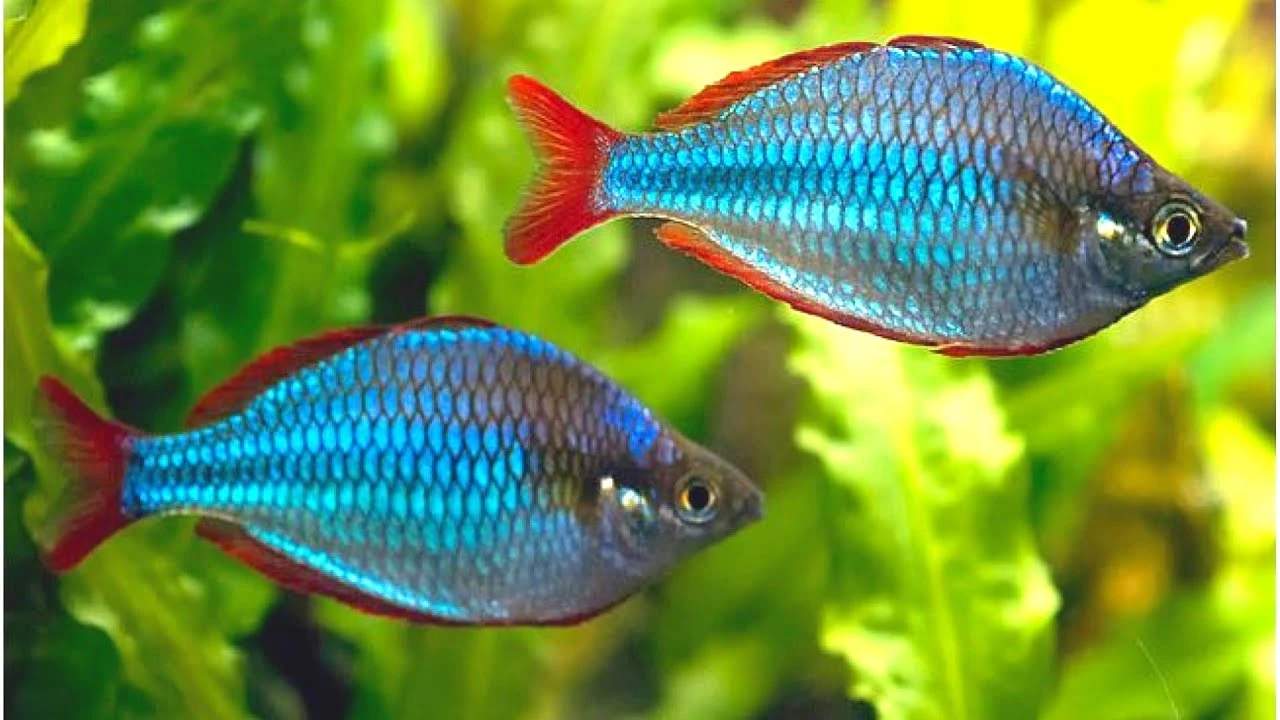🔹 Scientific Name: Vieja breidohri
🔹 Common Name: Vieja Breidohri, Quetzal Cichlid (sometimes confused with Vieja melanura)
🔹 Type: Freshwater Cichlid
📏 Size
-
Maximum Size: 10 to 12 inches (25 to 30 cm)
-
Males are larger and develop more pronounced nuchal humps (forehead bumps) than females.
🌍 Native Habitat
-
Origin: Usumacinta River Basin, including rivers and lakes in Mexico and Guatemala
-
Prefers slow to moderate-flowing rivers, lagoons, and areas with submerged branches and rocks.
⏳ Lifespan
-
Average Lifespan: 10 to 12 years, or longer with excellent care and a stable environment
🍽️ Diet
-
Diet Type: Omnivorous, with a strong tendency toward herbivory in the wild
-
Wild diet includes plant matter, algae, insects, and small invertebrates
-
In aquariums, feed:
-
High-quality pellets formulated for herbivorous/omnivorous cichlids
-
Blanched vegetables (zucchini, spinach, peas)
-
Occasional bloodworms, brine shrimp, or krill
-
Avoid excessive protein, which can cause bloating or health issues
-
🧬 Breeding
-
Breeding Behavior: Open substrate spawners and biparental caregivers
-
Breeding Season: No fixed breeding season in captivity; year-round with proper care
-
Pairs form strong bonds, clean flat surfaces for spawning, and guard eggs and fry aggressively
-
Fry hatch within 2–4 days and become free-swimming within a week
🐟 Best Tank Mates
Vieja breidohri is territorial and semi-aggressive, especially when breeding. Best kept with other robust, similarly sized fish.
-
Good tank mates:
-
Other Central American cichlids (e.g., Rocio octofasciata (Jack Dempsey), Firemouth, Severum)
-
Plecostomus or large Synodontis catfish
-
Large tetras or silver dollars (in large tanks only)
-
-
Avoid:
-
Small, delicate fish (e.g., tetras, guppies)
-
Highly aggressive species (e.g., Amphilophus species) unless in a very large setup
-
Overcrowding or keeping multiple males in small spaces
-
🏡 Aquarium Requirements
-
Minimum Tank Size: 75 gallons for a single adult; 125+ gallons for pairs or communities
-
Water Parameters:
-
Temperature: 75–82°F (24–28°C)
-
pH: 7.0–8.0
-
Water hardness: Moderate to hard
-
-
Tank Setup:
-
Use sand or fine gravel substrate
-
Decorate with rocks, driftwood, and robust plants (though some may be uprooted)
-
Strong filtration is essential due to size and waste production
-
Provide plenty of swimming space and territories
-






